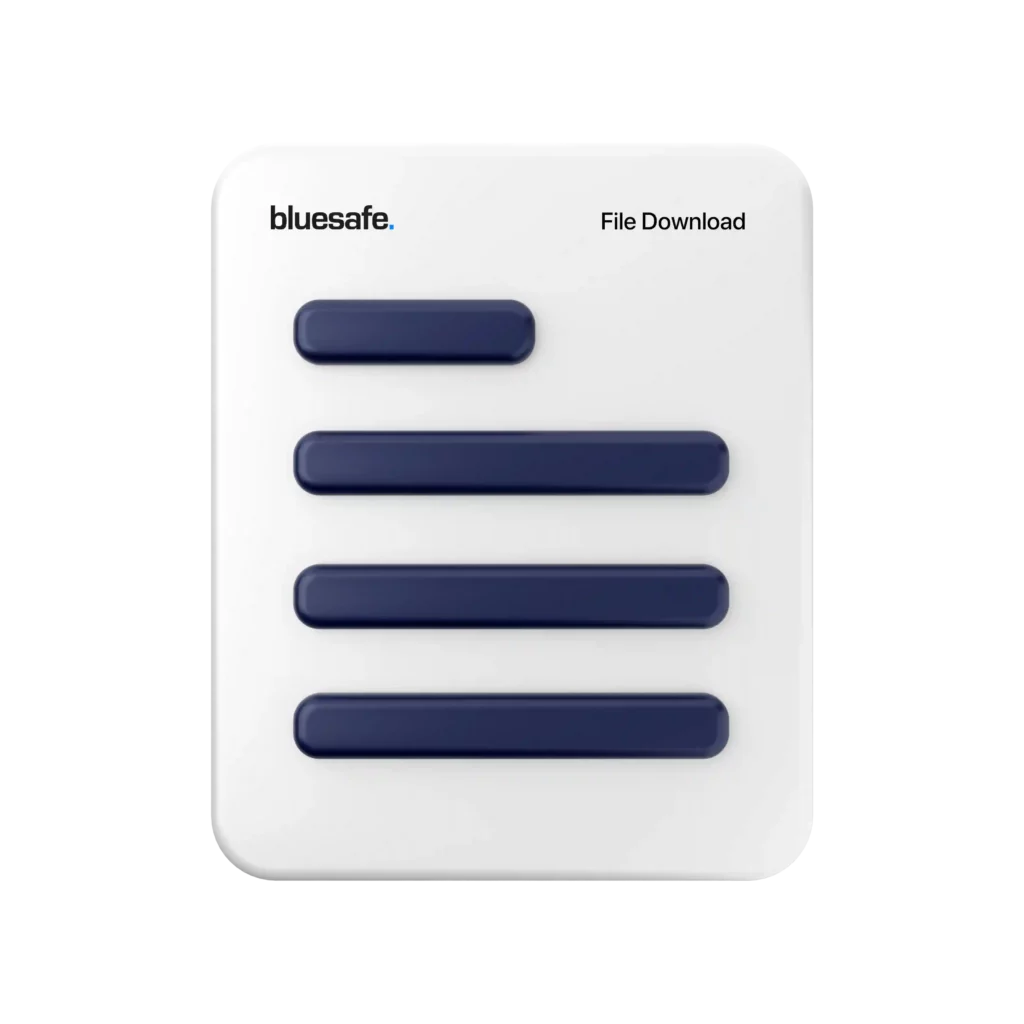Now, I know that safety might not be the sexiest topic out there, but trust me when I say that it’s absolutely essential. The fact is that workplace accidents can have devastating consequences for both employees and employers alike. Not only can they cause physical harm and emotional trauma, but they can also result in legal and financial repercussions that can be incredibly costly.
So, what can we do to prevent workplace accidents and ensure that everyone stays safe and healthy on the job? Well, one of the most important steps is to develop and implement effective safe work method statements.
Now, you might be wondering what exactly a safe work method statement is. Essentially, it’s a document that outlines the steps that need to be taken to complete a task safely and efficiently. It identifies potential hazards and sets out control measures to mitigate the risks associated with the task.
Now, I know that some of you might be thinking that developing safe work method statements is just unnecessary bureaucracy that slows down the work process. But I want to tell you that this couldn’t be further from the truth. The fact is that developing safe work method statements can actually make your work more efficient, not less.
Think about it: when you take the time to identify potential hazards and come up with control measures, you’re actually reducing the likelihood of accidents and incidents that could slow down the work process or even bring it to a grinding halt. By taking a little bit of extra time up front to plan out the work process, you can actually save a lot of time and hassle down the line.
But it’s not just about efficiency. Developing safe work method statements is also essential for creating a culture of safety in the workplace. When you prioritise safety and take the time to develop effective control measures, you’re sending a message to your employees that you value their health and wellbeing. This, in turn, can create a sense of trust and loyalty among your employees, which can lead to increased productivity and job satisfaction.
Now, I know that developing safe work method statements might sound daunting, especially if you’re not used to doing it. But the truth is that it doesn’t have to be complicated. In fact, there are plenty of resources out there that can help you get started.
For example, there are a number of online tools and templates that can guide you through the process of developing a safe work method statement. These tools can help you identify potential hazards, come up with control measures, and even create a template that you can use for future tasks.
Of course, developing a safe work method statement is just the first step. The real key to success is implementing it effectively. This means making sure that all employees are aware of the safe work method statement and that they understand how to follow it.
One of the best ways to do this is through training. By providing your employees with comprehensive training on the safe work method statement, you can ensure that everyone is on the same page and that they understand how to work safely and efficiently.
It’s also important to regularly review and update your safe work method statements. After all, the work environment is constantly changing, and new hazards can arise at any time. By reviewing your safe work method statements on a regular basis, you can ensure that they remain relevant and effective.
So, my friends, if you’re serious about safety in the workplace, then developing and implementing effective safe work method statements is absolutely essential. Not only can it help you avoid accidents and incidents, but it can also create a culture of safety that can lead to increased productivity and job satisfaction.
Remember, safety isn’t just a buzzword or a checkbox to tick off – it’s something that we should all take seriously. By prioritising safety in the workplace and developing effective safe work method statements, we can create a work environment where everyone can feel safe, valued, and supported.
![]()






